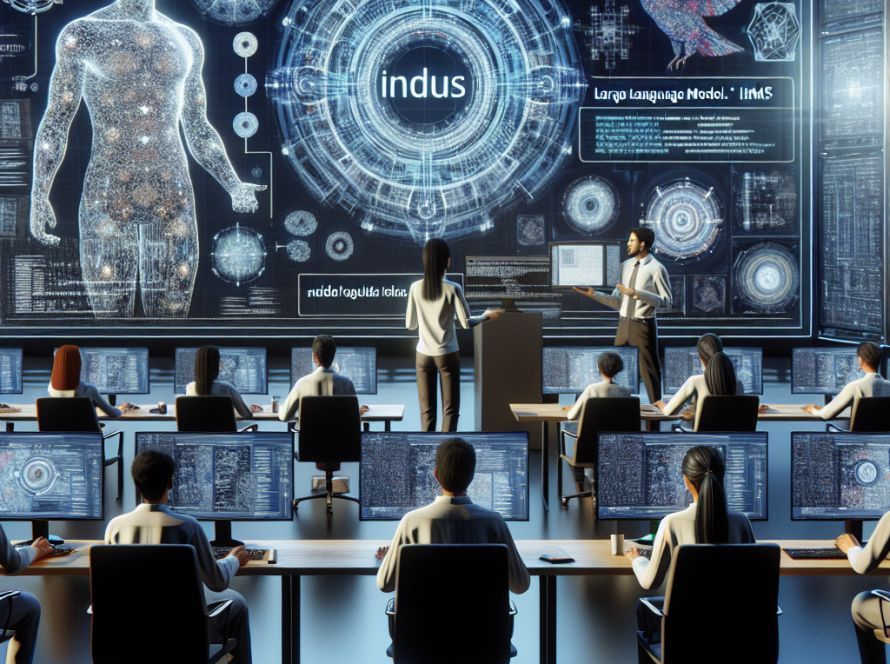A ground-breaking method to give animators more control over their work has been introduced by researchers at the Massachusetts Institute of Technology, represented in a paper by Ana Dodik, the lead author. The technique relies on generating mathematical functions known as ‘barycentric coordinates,’ which guide how 2D and 3D shapes bend, stretch, and move throughout space. This allows artists to design animations that meet their creative vision, offering a solution to traditional techniques’ inflexibility, which only provides a single option for barycentric coordinate functions.
Dodik emphasized that what matters to artists is flexibility in their work and final product’s aesthetics rather than understanding algorithms. The new approach could benefit multiple fields, such as medical imaging, architecture, virtual reality, and assist robots in understanding object movement. Dodik collaborated with researchers Oded Stein, Vincent Sitzmann, and Justin Solomon on the paper, which was presented at SIGGRAPH Asia.
The researchers’ approach allows artists to design or select smoothness energies for any given shape, with an option to preview deformation and choose the energy that suits their style. The use of neural networks sets this method apart from past work. The network outputs barycentric coordinate functions that satisfy all constraints. For artists, this means they can focus on the creative process without getting bogged down by math.
Creating these barycentric coordinates for complex shapes can be tricky, so the team developed a strategy using techniques derived from the German mathematician August Möbius that involved overlapping virtual triangles. The neural network takes care of the rest, combining barycentric coordinates into one complex, smooth function. This offers the animator a chance to experiment, tweaking their coordinates to achieve their desired animation.
In an example given by Dodik, animators could create more natural-looking animations using the method, such as a cat’s tail curving smoothly instead of folding rigidly. For the researchers, the next steps involve exploring ways to speed up their neural network while incorporating this technique into an interface that allows artists to animate in real time. Funding for this research came, in part, through grants from various U.S. government departments, the CSAIL Systems that Learn Program, the MIT-IBM Watson AI Lab, and the Toyota-CSAIL Joint Research Center, among others.


